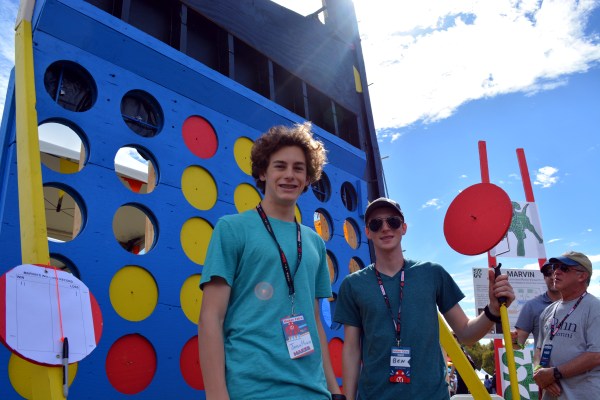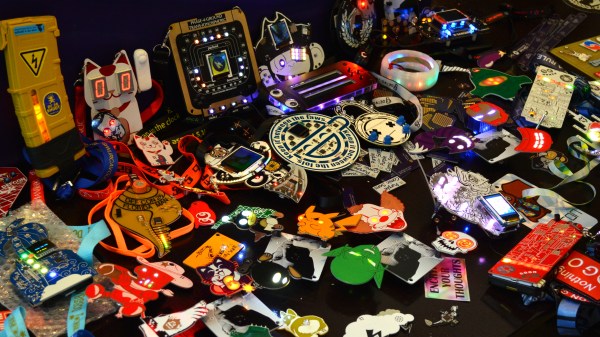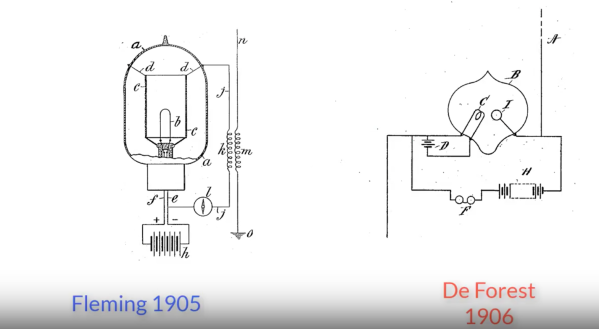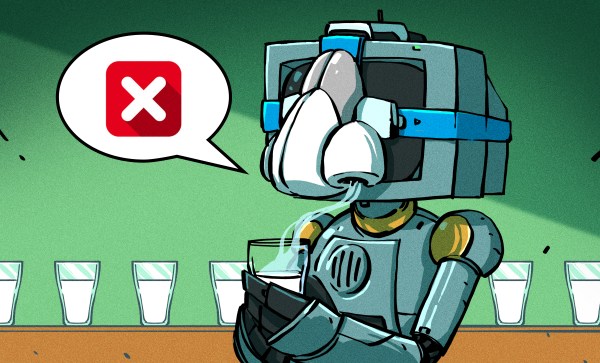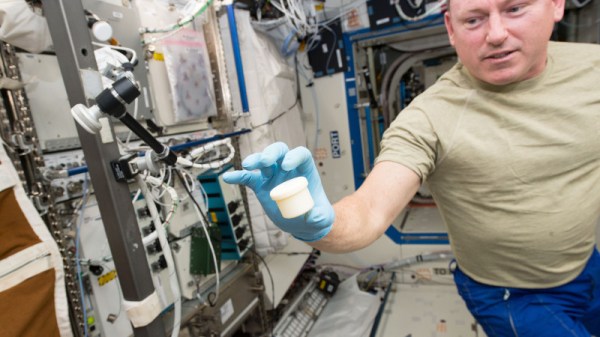We are used to imagining radio telescopes as immense pieces of scientific apparatus, such as the Arecibo Observatory in Puerto Rico, or the Lovell telescope in the UK. It’s a surprise then that they can be constructed on a far more modest sale using off-the-shelf components, and it’s a path that [Gonçalo Nespral] has taken with his tiny radio telescope using a satellite dish. It’s on an azimuth-elevation mount using an Ikea lazy susan and a lead screw, and it has a satellite TV LNB at the hot end with a satellite finder as its detector.
So far he’s managed only to image the wall of his apartment, but that clearly shows the presence of the metal supporting structure within it. Taking it outdoors has however not been such a success. If we wanted to hazard a guess as to why this is the case, we’d wish to look at the bandwidth of that satellite finder. It’s designed to spot a signal from a TV broadcast bird over the whole band, and thus will have a bandwidth in the hundreds of MHz and a sensitivity that could at best be described as a bit deaf. We hope he’ll try a different path such as an RTL-SDR in the future, and we look forward to his results.
This isn’t the first simple radio telescope we’ve seen here, aside from at least one other LNB-based one we’ve also shown you a WiFi device.


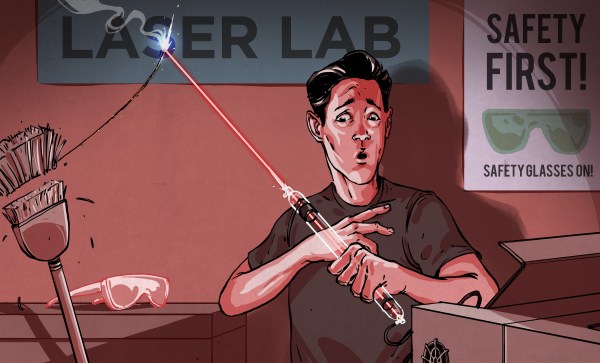
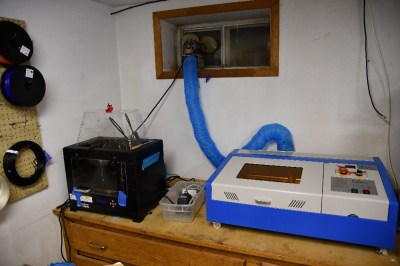 Over the last decade or so things have changed. China got involved, and suddenly there were cheap lasers on the market. Currently, there are several low-cost laser models available in various power levels. The most popular is the smallest – a 40-watt model, dubbed the K40. There are numerous manufacturers and there have been many versions over the years. They all look about the same though: A blue sheet metal box with the laser tube mounted along the back. The cutting compartment is on the left and the electronics are on the right. Earlier versions came with Moshidraw software and a parallel interface.
Over the last decade or so things have changed. China got involved, and suddenly there were cheap lasers on the market. Currently, there are several low-cost laser models available in various power levels. The most popular is the smallest – a 40-watt model, dubbed the K40. There are numerous manufacturers and there have been many versions over the years. They all look about the same though: A blue sheet metal box with the laser tube mounted along the back. The cutting compartment is on the left and the electronics are on the right. Earlier versions came with Moshidraw software and a parallel interface.